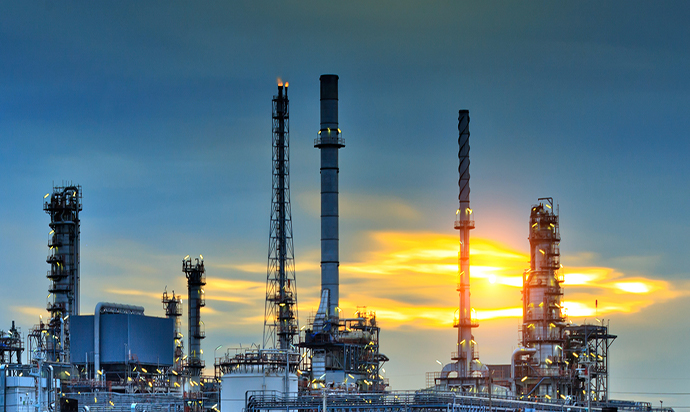
Flaring 101
Flaring is a crucial, environmentally sound part of converting oil into gasoline and other products.
That flame you see burning at the top of a refinery’s pipe stack is an important, safe and regulated part of the refining process. Although the visual of a flickering flame is eye-catching, there is no need for alarm.
Flaring is a crucial, environmentally sound part of converting oil into gasoline and other products. Flare stacks are primarily used to combust excess flammable gases that are controlled through pressure relief valves, rather than emit these gases directly to the atmosphere. Pressure relief valves are essential safety devices that automatically release and direct gas to a flare system to protect against over-pressuring industrial equipment and possible equipment damage or failure. Pressure relief valves are required by law through industrial design codes and standards.
How flaring works
During the day-to-day operations of a working refinery, by-products created in the process are collected and routed to recovery tanks for further processing where they are converted into gasoline, diesel, jet fuel and other products. If abnormal conditions occur (such as a power failure, an equipment malfunction or a vessel overpressure), some gases may need to be rerouted to the flare system to be safely combusted, instead of being emitted directly into the air.
When the refinery is operating normally a small pilot flame will always be present so that the flaring system is always ready to combust any gases diverted to the flaring system. Refinery personnel are constantly monitoring the flare system from an on-site control room.
Sometimes you might see black smoke coming from the flare. That happens when there’s not enough steam available to burn all the hydrocarbons; after a short delay the site personnel adjust the steam as necessary to optimize the combustion process balance while minimizing smoke.
People may also notice a rumbling sound coming from the flare. The sound is created by the mixing of vapours, air and steam during the process.
Regulating emissions
Flare stacks are generally located at the highest point in a refinery. This assists with emission dispersion, and complying with ground level concentration limits stipulated by government requirements. Flare stacks are continuously monitored and data from flaring events is reported to regulators as required. Canadian Fuels members are committed to minimizing flaring in their refining operations.
When you see a flare burning, remember that flaring is an important safety feature that keeps the refinery operating safely!
